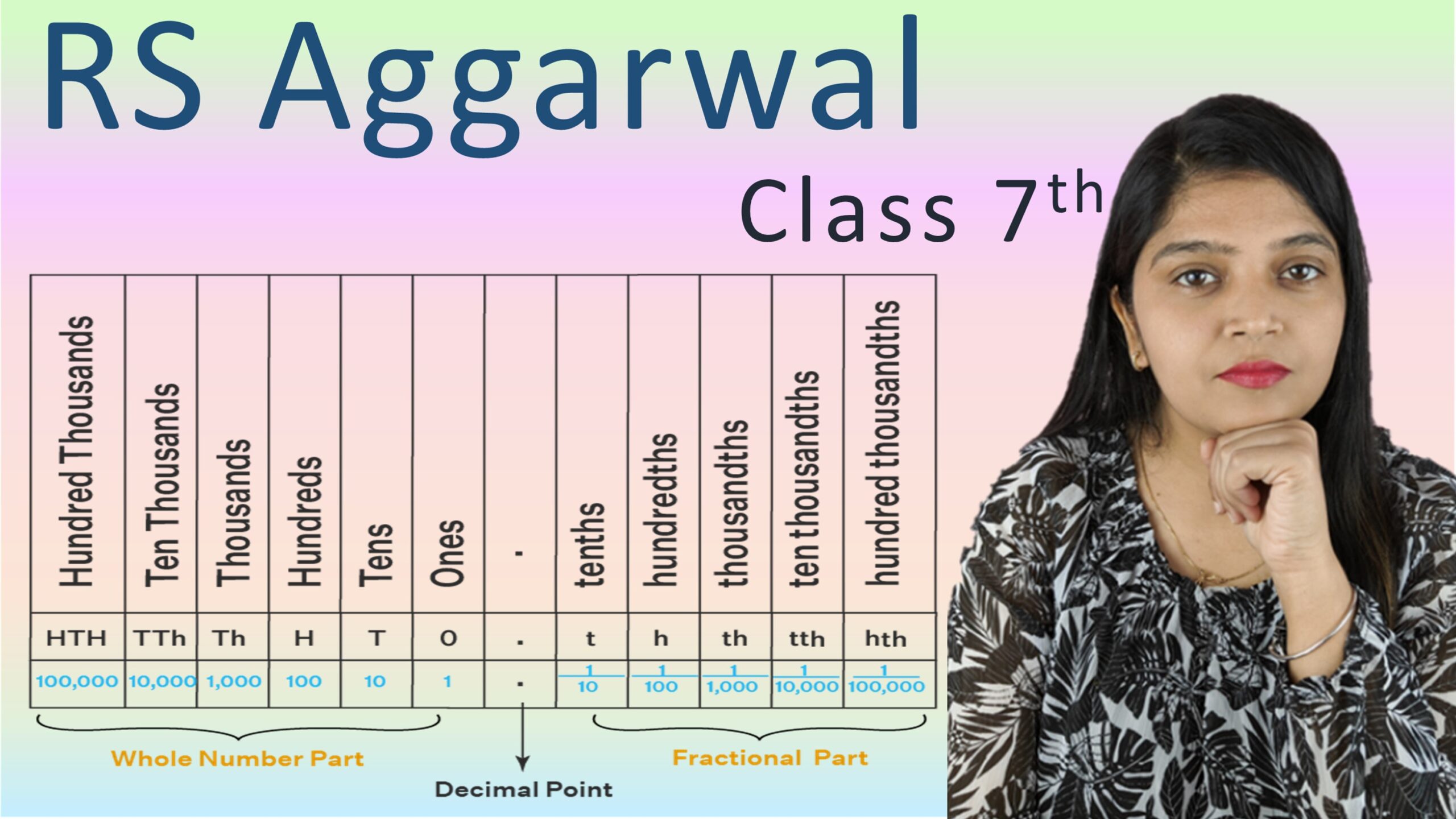Exercise: 3-E
Q1: Express each of the following as a recurring decimal:
i. \( \frac{20}{3} \)
3) 20.000 (6.666...
-18
----
20
-18
----
20
-18
----
0
----
...
Answer: \(6.\overline{6}\)
ii. \( \frac{3}{11} \)
11) 3.000000 (0.272727...
- 2.2
------
80
-77
----
30
-22
----
80 (Cycle repeats)
...
Answer: \(0.\overline{27}\)
iii. \( \frac{5}{6} \)
6 ) 5.000 (0.8333...
- 4.8
------
20
-18
----
20
-18
----
20 (Cycle repeats)
Answer: \(0.8\overline{3}\)
iv. \( \frac{17}{90} \)
90 ) 17.000 (0.1888...
- 0.0
------
170.0
- 90
----
800
- 720
------
800 (Cycle repeats)
Answer: \(0.1\overline{8}\)
v. \( \frac{1}{37} \)
37) 1.000000 (0.027027...
- 0
------
100
- 74
------
260
-259
-----
10
-0
-----
100
(repeats after full cycle every 3 digits)
Answer: \(0.\overline{027}\)
vi. \( \frac{22}{7} \)
7) 22.000000000000 (3.142857142857...
-21
----
10
- 7
----
30
-28
----
20
- 14
----
60
- 56
----
40
- 35
----
50
- 49
----
10 (Cycle repeats)
Answer: \(3.\overline{142857}\)
vii. \( \frac{2}{13} \)
13 ) 2.000000000 (0.153846153846...
- 1.95
-------
50
- 39
-----
110
- 104
-----
60
- 52
-----
80
- 78
-----
20 (Cycle repeats)
Answer: \(0.\overline{153846}\)
Q2: Convert each of the following into a vulgar fraction:
i. \( 0.\overline{6} \)
The repeated digit is 6.
Thus, we write it as:
\(\frac{6}{9}\)
Simplify:
\(\frac{6}{9} = \frac{2}{3}\)
Answer: \( \frac{2}{3} \)
ii. \( 0.\overline{8} \)
The repeated digit is 8.
Thus, we write it as:
\(\frac{8}{9}\)
Answer: \( \frac{8}{9} \)
iii. \( 0.\overline{34} \)
The repeated digits are 34.
Thus, we write it as:
\(\frac{34}{99}\)
Answer: \( \frac{34}{99} \)
iv. \( 2.\overline{13} \)
The repeated digits are 13.
Thus, we write it as:
\(\frac{213}{99}\)
Simplify:
\(\frac{213}{99} = 2\frac{13}{99}\)
Answer: \( 2\frac{13}{99} \)
v. \( 1.\overline{243} \)
The repeated digits are 243.
Thus, we write it as:
\(\frac{1243}{999}\)
Simplify:
\(\frac{1243}{999} = 1\frac{243}{999}\)
Answer: \( 1\frac{243}{999} \)
Q3: Convert each of the following into a vulgar fraction:
i. \( 0.1\overline{6} \)
The number formed by the repeated digits is 16.
The number formed by the non-repeated digit is 1.
The difference is \(16 – 1 = 15\).
The denominator will have 9 for the repeating digit and 10 for the non-repeating digit: \(90\).
\(\frac{15}{90} = \frac{1}{6}\)
Answer: \( \frac{1}{6} \)
ii. \( 0.1\overline{43} \)
The number formed by the repeated digits is 143.
The number formed by the non-repeated digit is 1.
The difference is \(143 – 1 = 142\).
The denominator will have 99 for the repeating digits and 10 for the non-repeating digit: \(990\).
\(\frac{142}{990} = \frac{71}{495}\)
Answer: \( \frac{71}{495} \)
iii. \( 0.57\overline{4} \)
The number formed by the repeated digits is 574.
The number formed by the non-repeated digits is 57.
The difference is \(574 – 57 = 517\).
The denominator will have 9 for the repeating digit and 100 for the non-repeating digits: \(900\).
\(\frac{517}{900} = \frac{517}{900}\)
Answer: \( \frac{517}{900} \)
iv. \( 0.12\overline{34} \)
The number formed by the repeated digits is 1234.
The number formed by the non-repeated digits is 12.
The difference is \(1234 – 12 = 1222\).
The denominator will have 99 for the repeating digits and 100 for the non-repeating digits: \(9900\).
\(\frac{1222}{9900} = \frac{611}{4950}\)
Answer: \( \frac{611}{4950} \)






Leave a Comment